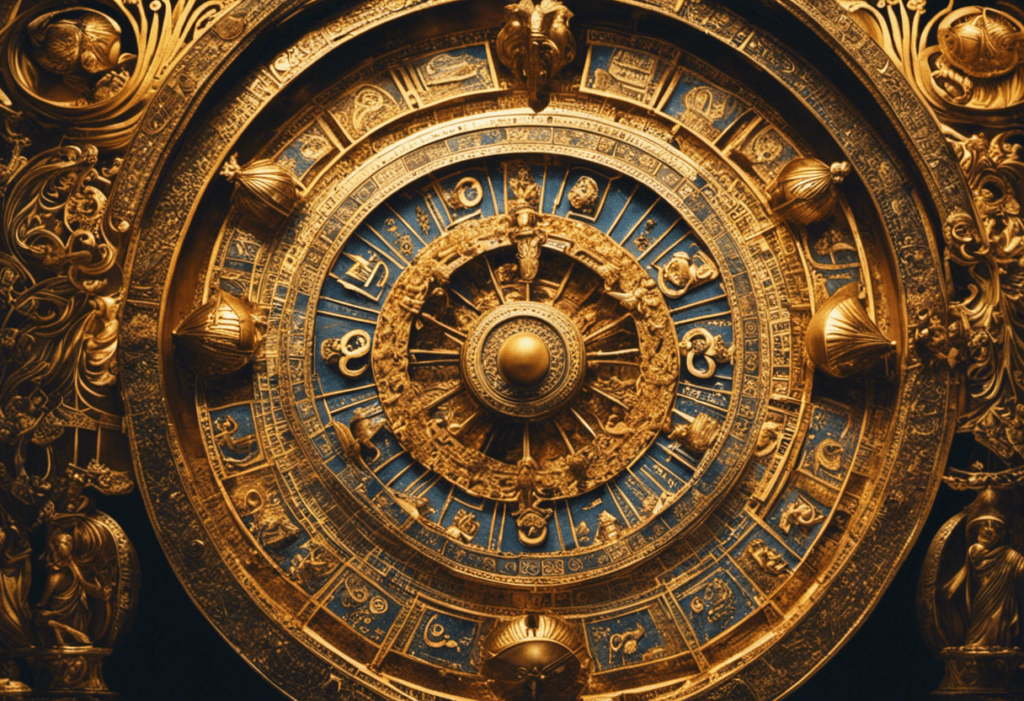The Zoroastrian calendar, with its rich history and unique structure, has been a significant part of the Zoroastrian faith for centuries.
With a blend of solar and lunar influences, it provides a framework for the major festivals and rituals observed by followers.
In this overview, we delve into the origins, structure, and significance of the Zoroastrian calendar, as well as explore the challenges and adaptations it faces in the modern era.
Join us on this enlightening journey into the fascinating world of the Zoroastrian calendar.
Key Takeaways
- The Zoroastrian calendar was developed by Zoroaster in the 5th century BCE and originated in ancient Persia.
- It is a lunisolar calendar consisting of 12 months of 30 days each, with an intercalary month added every few years to align with the solar year.
- The calendar is based on solar calculations but also incorporates lunar influences for the timing of festivals and ceremonies.
- Major festivals and rituals in the Zoroastrian calendar include Sadeh, Nowruz, Mehregan, Gahanbar, Yasna ceremony, Gahambars, and Navjote ceremony.
Origins of the Zoroastrian Calendar
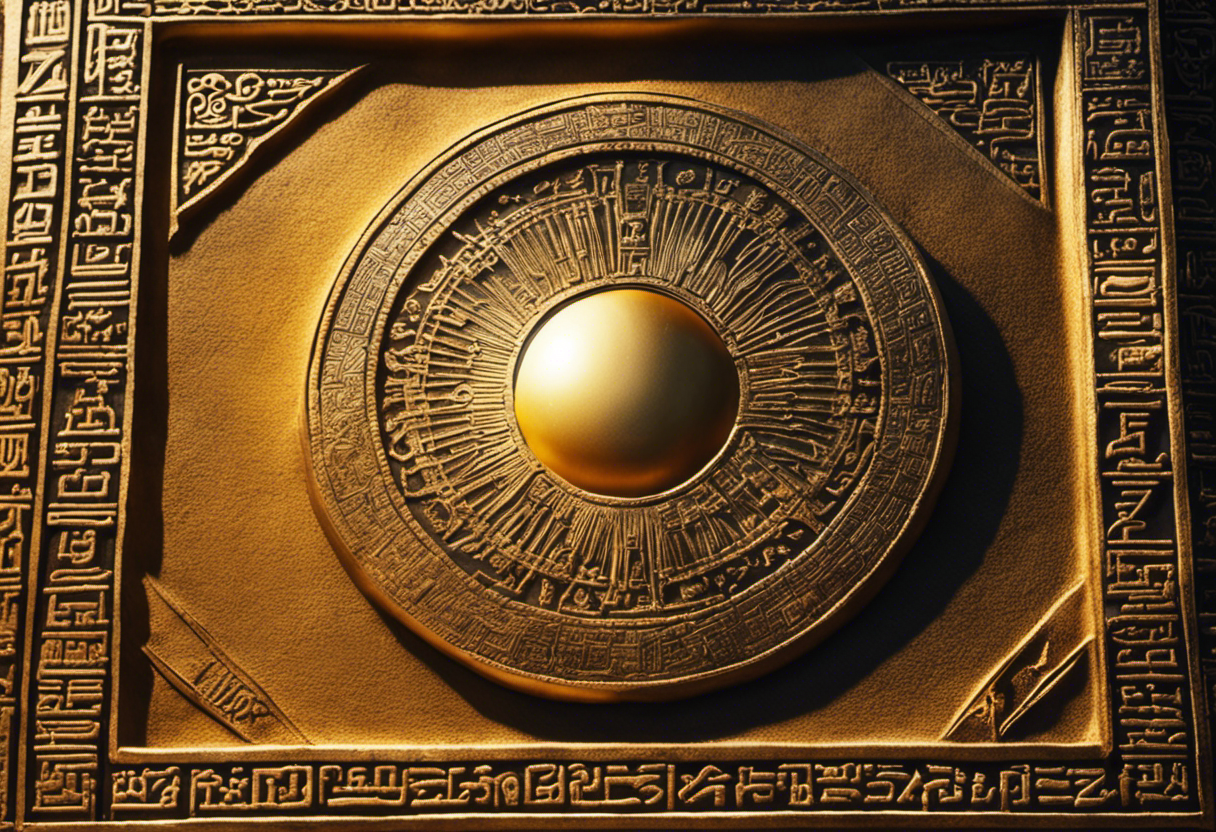

The origins of the Zoroastrian calendar can be traced back to at least the 5th century BCE, when it was believed to have been developed by the prophet Zoroaster himself. Zoroastrianism, one of the oldest known religions in the world, originated in ancient Persia, now modern-day Iran. The calendar was an integral part of Zoroastrian religious practices, serving as a means to organize and regulate their rituals and festivals.
The development of the Zoroastrian calendar was influenced by various factors, including astronomical observations and religious beliefs. It is believed that Zoroaster, as a religious leader and philosopher, sought to create a calendar that aligned with the natural cycles of the universe and reflected the sacredness of time.
The Zoroastrian calendar is a solar calendar, consisting of 12 months of 30 days each, with an additional month added every four years to account for the extra time in the solar year. This system ensured that the calendar remained synchronized with the solar year, allowing for the accurate calculation of religious festivals and ceremonies.
Over time, the Zoroastrian calendar underwent modifications and adaptations, particularly during the Islamic period when the Persian calendar was combined with the Islamic lunar calendar. Today, the Zoroastrian calendar continues to be used by Zoroastrians worldwide, serving as a testament to its enduring legacy and significance in the religion’s traditions.
Structure of the Zoroastrian Calendar
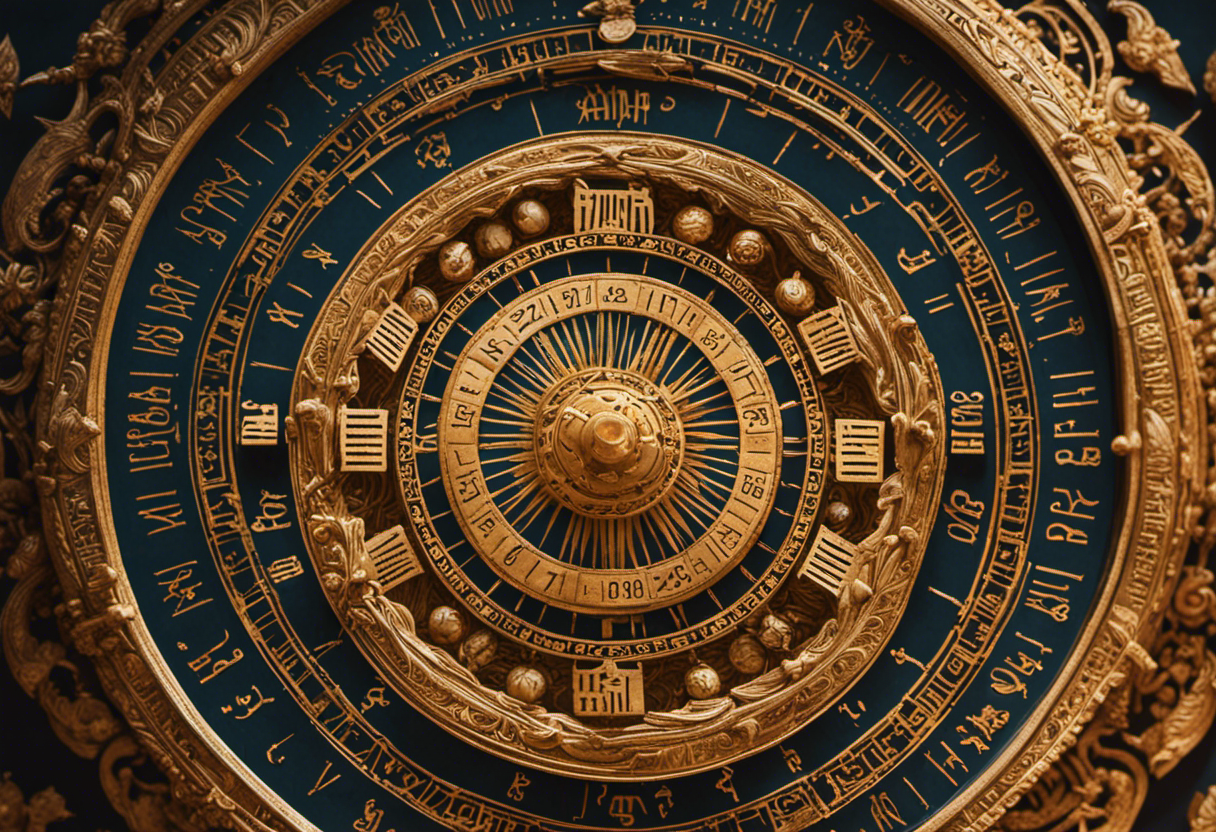

How does the structure of the Zoroastrian calendar differ from other calendars, and what is its significance in religious practices?
The Zoroastrian calendar, also known as the Parsi calendar, is a unique and complex system that differs from other calendars in its structure and organization. Unlike the Gregorian calendar, which follows a solar-based system, the Zoroastrian calendar is a lunisolar calendar, meaning it takes into account both the phases of the moon and the position of the sun. This combination of lunar and solar elements makes it more accurate in tracking the passage of time and determining the dates of religious festivals and ceremonies.
The Zoroastrian calendar is divided into 12 months, each consisting of 30 days. Additionally, every few years, an intercalary month is added to align the calendar with the solar year. This intercalation is done to ensure that important religious events, such as the celebration of Norouz (the Persian New Year), always occur during the appropriate season.
The structure and organization of the Zoroastrian calendar play a crucial role in religious practices, as it determines the timing of rituals, prayers, and festivals. It allows Zoroastrians to observe their religious obligations and honor their traditions in a systematic and meaningful way. The calendar provides a framework for the religious community to come together, celebrate important occasions, and maintain a sense of unity and continuity.
In this way, the structure of the Zoroastrian calendar is not only a practical tool for timekeeping but also a fundamental aspect of religious identity and practice.
The Solar and Lunar Influences on the Zoroastrian Calendar
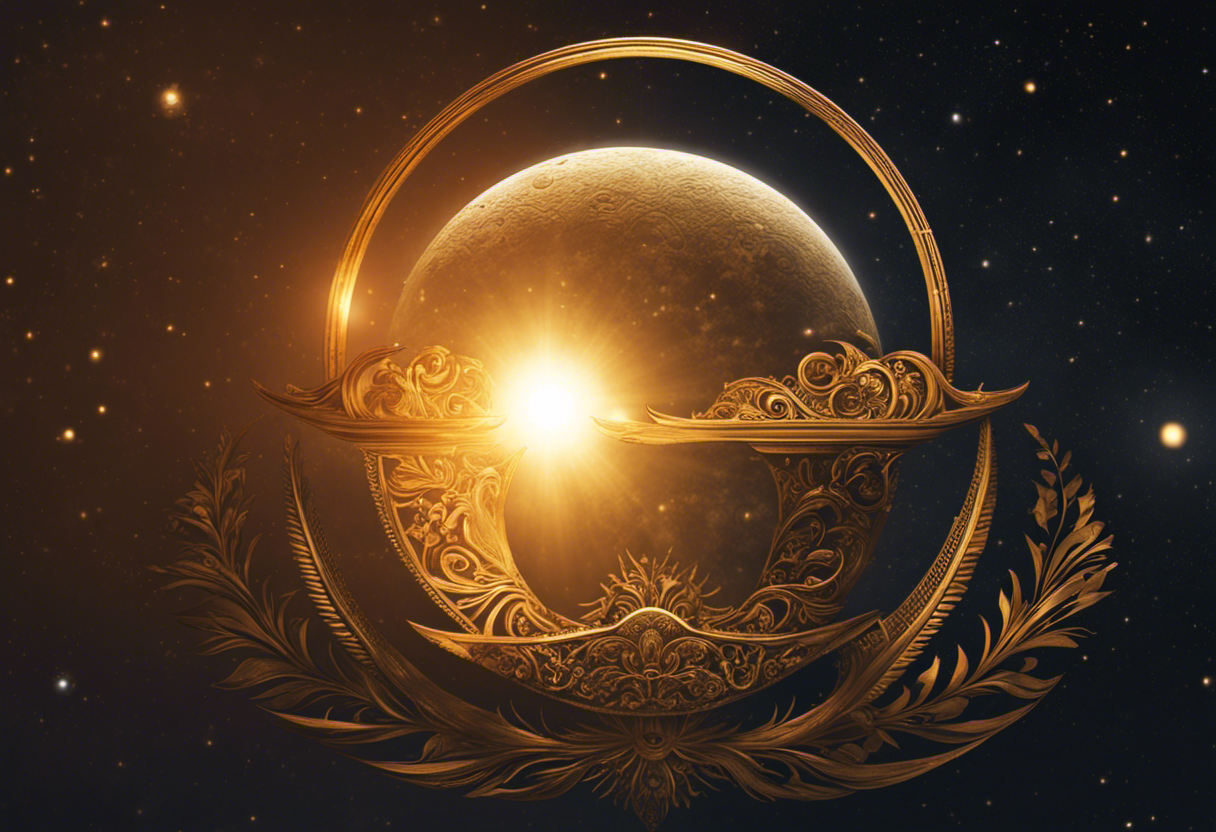

While the Zoroastrian calendar is primarily based on solar calculations, the lunar influences play a significant role in determining the timing of religious festivals and ceremonies. This unique combination of solar and lunar influences allows the Zoroastrian calendar to align with both the natural cycles of the sun and the moon.
The calendar is structured around a twelve-month solar year, with each month consisting of thirty days. However, to account for the lunar influences, an additional intercalary month is added every four or five years.
The solar and lunar influences on the Zoroastrian calendar are determined through astronomical calculations. The calendar takes into account the movements of the sun and the moon, as well as the equinoxes and solstices. This ensures that the timing of religious festivals and ceremonies aligns with the changing seasons and celestial events.
The lunar influences on the Zoroastrian calendar can be seen in the timing of important festivals such as Nowruz, which marks the beginning of the Zoroastrian New Year. Nowruz is celebrated on the vernal equinox, when the sun crosses the celestial equator and day and night are of equal length. This alignment with the lunar cycle symbolizes the renewal and rebirth of nature.
Major Festivals in the Zoroastrian Calendar
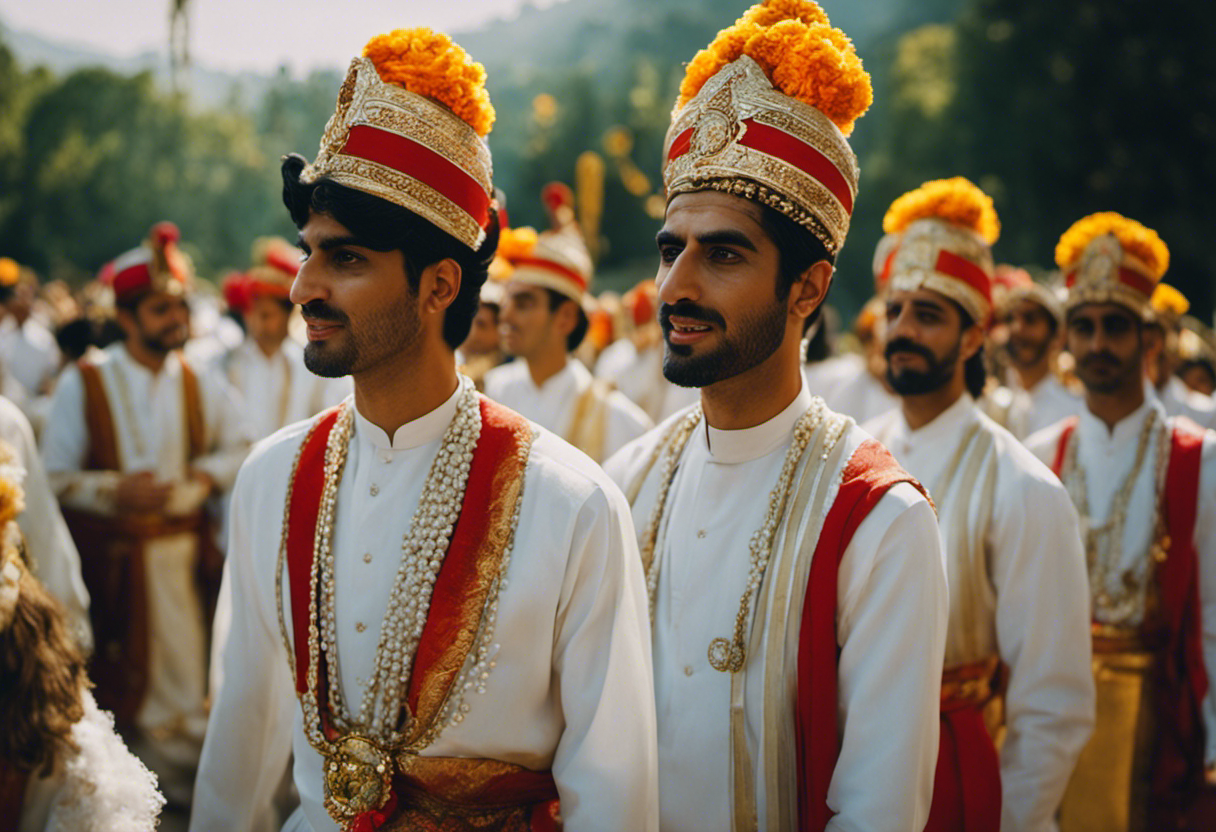

Among the major festivals in the Zoroastrian calendar, Sadeh is celebrated with great enthusiasm and reverence. Sadeh, meaning ‘hundred’ in Persian, is a winter festival that commemorates the discovery of fire and its significance in Zoroastrianism. It is observed on the 10th day of the month of Bahman, which falls in late January or early February.
The historical background of Sadeh can be traced back to ancient Persia, where fire played a central role in Zoroastrian rituals. The festival marks the triumph of light and warmth over the darkness and cold of winter. It is a time for Zoroastrians to gather around a bonfire, symbolizing the sacred fire, and offer prayers and offerings to honor Ahura Mazda, the supreme deity in Zoroastrianism.
The celebration of Sadeh involves various rituals and traditions. Zoroastrians dress in their finest attire and gather with family and friends to share food and sweets. The bonfire is lit, and prayers are recited to purify the surroundings and bring blessings for the year ahead. The flames of the bonfire are believed to have cleansing properties and are used to ward off evil spirits.
The historical significance and cultural importance of Sadeh make it one of the most anticipated festivals in the Zoroastrian calendar. It serves as a reminder of the rich heritage and traditions of the Zoroastrian community, while also providing an opportunity for reflection, gratitude, and renewal.
Rituals and Observances in the Zoroastrian Calendar


Rituals and observances play a significant role in the Zoroastrian calendar. Throughout the year, various key events are celebrated, each with its own ritual significance.
These observances serve to strengthen the spiritual connection of followers with their faith and provide a framework for communal worship and reflection.
Key Calendar Events
The Zoroastrian calendar is replete with a myriad of significant events, encompassing a diverse range of observances and rituals that play a vital role in the religious and cultural fabric of the community. These key calendar events are celebrated with great enthusiasm and reverence by Zoroastrians worldwide.
Here are four notable cultural celebrations that hold immense importance in the Zoroastrian calendar:
-
Nowruz: This Persian New Year celebration marks the beginning of spring and is observed on the vernal equinox. Zoroastrians gather with their families to partake in traditional rituals and feasts.
-
Mehregan: Known as the festival of love and friendship, Mehregan honors the Zoroastrian angel, Mithra. It is a time for people to come together, exchange gifts, and express gratitude for the blessings in their lives.
-
Sadeh: This winter festival celebrates the discovery of fire and is marked by bonfires, prayers, and communal feasting. It symbolizes the triumph of light over darkness.
-
Gahanbar: These seasonal festivals are celebrated throughout the year and commemorate the six creations of Ahura Mazda, the supreme Zoroastrian deity. Each Gahanbar corresponds to a specific season and involves special prayers, ceremonies, and acts of charity.
These key calendar events not only serve as religious occasions but also strengthen the cultural identity and sense of community among Zoroastrians.
Ritual Significance Explained
Within the Zoroastrian calendar, the diverse rituals and observances hold profound significance in fostering spiritual connection and strengthening cultural traditions.
Ritual practices play a central role in the religious ceremonies of the Zoroastrian community, which has a rich history spanning thousands of years. These rituals are carefully performed to honor Ahura Mazda, the supreme deity in Zoroastrianism, and to seek spiritual enlightenment and guidance.
Some of the most important ritual practices include the Yasna ceremony, which involves the recitation of sacred texts and the offering of prayers and libations; the Gahambars, which are seasonal festivals celebrating the elements of nature; and the Navjote ceremony, which marks the initiation of young individuals into the Zoroastrian faith.
Through these ritual practices and religious ceremonies, Zoroastrians find solace, strengthen their faith, and preserve their cultural heritage for generations to come.
Role of Observances
Several significant observances in the Zoroastrian calendar play a crucial role in fostering spiritual connection and preserving cultural traditions. These observances hold great significance for the Zoroastrian community and are celebrated with reverence and enthusiasm. Here are four notable observances and their role in the Zoroastrian calendar:
-
Nowruz: This is the celebration of the Persian New Year and marks the beginning of spring. It symbolizes renewal, growth, and the triumph of light over darkness.
-
Gahanbar: These six seasonal festivals are dedicated to the six creations of Ahura Mazda (God) and are observed to promote harmony with nature and the environment.
-
Muktad: This ten-day period is dedicated to remembering and honoring the departed souls of ancestors. It is believed to strengthen the bond between the living and the dead.
-
Khordad Sal: This is the birth anniversary of Zoroaster, the founder of the Zoroastrian faith. It is a day of reflection and gratitude for his teachings and contributions to humanity.
These observances not only provide spiritual nourishment but also serve as a means of cultural preservation, ensuring that the rich traditions and beliefs of Zoroastrianism are passed down from generation to generation.
Significance of the Zoroastrian New Year
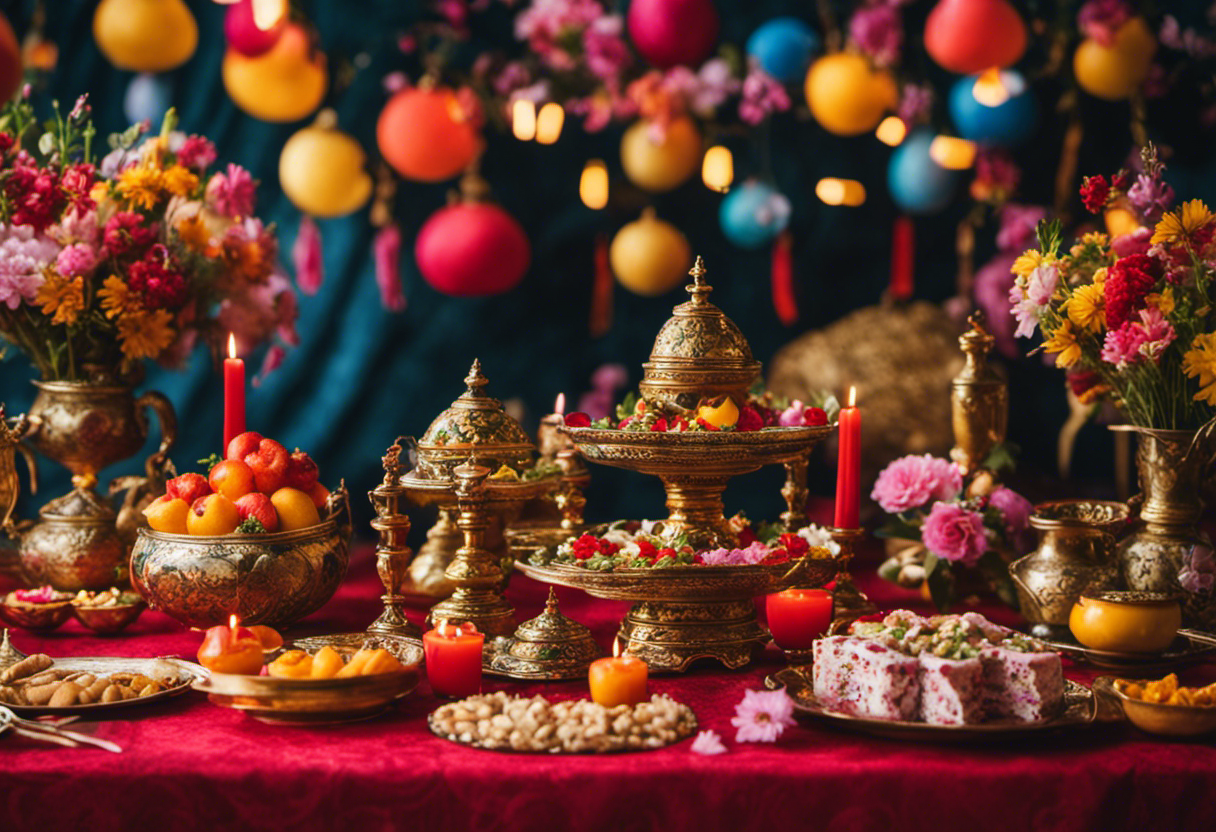

The Zoroastrian New Year, also known as Nowruz, holds great significance for the Zoroastrian community and beyond. It is a time of renewal and rebirth, symbolizing the triumph of light over darkness and the arrival of spring.
The celebration is marked by various rituals and traditions that have been passed down through generations. These include the setting up of a Haft Seen table, which is adorned with seven symbolic items representing different aspects of life and abundance.
Nowruz is observed by Zoroastrians and cultural communities worldwide, fostering a sense of unity and cultural pride. It serves as a reminder of the rich heritage and traditions that are shared among different communities, promoting understanding and appreciation.
Rituals and Traditions
In Zoroastrianism, the tradition of Haft-Seen during the celebration of Noruz involves setting up a table with seven items that symbolize various aspects of life, representing the renewal and hopes of the New Year. This ritual practice holds great significance for Zoroastrians and is an integral part of their cultural customs.
The items on the table are carefully chosen and each holds a specific meaning. Here are four key items found on the Haft-Seen table:
- Sabzeh (sprouted wheat or lentils): Represents rebirth and renewal.
- Samanu (sweet pudding): Symbolizes affluence and fertility.
- Senjed (dried oleaster fruit): Signifies love and compassion.
- Serkeh (vinegar): Represents age and patience.
Cultural Celebrations Worldwide
Our discussion on cultural celebrations worldwide reveals the significance of the Zoroastrian New Year and its impact on the preservation of their cultural identity.
Cultural diversity is an essential aspect of our global society, and traditions play a crucial role in maintaining this diversity.
The Zoroastrian New Year, also known as Nowruz, is celebrated on the spring equinox and holds great significance for the Zoroastrian community. This celebration not only marks the beginning of the new year but also serves as a platform for the Zoroastrians to showcase their cultural heritage and reinforce their unique identity.
The traditions associated with Nowruz, such as setting up a Haft Seen table and performing rituals, not only reflect the Zoroastrian beliefs but also contribute to the preservation of their cultural practices.
In this way, the Zoroastrian New Year serves as a global tradition that showcases the rich cultural diversity of our world.
Symbolism and Spiritual Meaning
During the Zoroastrian New Year celebration, symbolism and spiritual meaning intertwine as the Haft Seen table is adorned with items representing renewal and prosperity, and prayers are recited to invoke blessings and divine guidance. This ancient tradition, also known as Nowruz, is celebrated by Zoroastrians worldwide and holds deep significance in their religious and cultural beliefs.
The Haft Seen table typically consists of seven items, each symbolizing a different aspect of life and nature. These items include:
- Sabzeh (sprouts): Representing rebirth and growth.
- Senjed (dried fruit): Symbolizing love and affection.
- Seer (garlic): Signifying health and healing.
- Samanu (sweet pudding): Representing fertility and abundance.
Through the careful selection and arrangement of these symbolic elements, Zoroastrians honor the cyclical nature of life and express their hopes for a prosperous and fruitful year ahead. The recitation of prayers further deepens the spiritual meaning of the celebration, serving as a reminder of the importance of faith and divine guidance in their lives.
Modern Adaptations and Challenges of the Zoroastrian Calendar


Several significant challenges arise when implementing modern adaptations to the Zoroastrian calendar, as it requires careful consideration of the cultural and religious implications involved.
The Zoroastrian calendar, also known as the Yazdegerdian calendar, is a solar calendar used by followers of the Zoroastrian faith. It is based on the cycle of the sun and consists of 12 months of 30 days each, with an additional intercalary month added every four years to synchronize with the solar year.
One of the challenges faced when adapting the Zoroastrian calendar to modern times is the need to reconcile it with the Gregorian calendar, which is widely used in most parts of the world. This involves determining the dates of Zoroastrian festivals and religious observances in relation to the corresponding Gregorian dates. Additionally, there is a need to address the issue of the intercalary month, as it does not align with the leap year of the Gregorian calendar.
Another challenge is the preservation of the cultural and religious significance of the Zoroastrian calendar. Any modern adaptations need to ensure that the original intent and purpose of the calendar are maintained, while also accommodating the needs and demands of the modern world. This includes incorporating technological advancements and making the calendar accessible to a wider audience.
Overall, implementing modern adaptations to the Zoroastrian calendar presents several challenges that require careful consideration of cultural, religious, and practical implications.
Conclusion
In conclusion, the Zoroastrian calendar is a rich and complex system that has its origins in ancient Persia. Its structure, influenced by both solar and lunar cycles, plays a significant role in the religious and cultural practices of the Zoroastrian community.
The calendar’s major festivals and rituals hold deep meaning and are observed with reverence. Despite the challenges and adaptations faced in modern times, the Zoroastrian calendar continues to be a vital aspect of the community’s identity and spiritual life.



